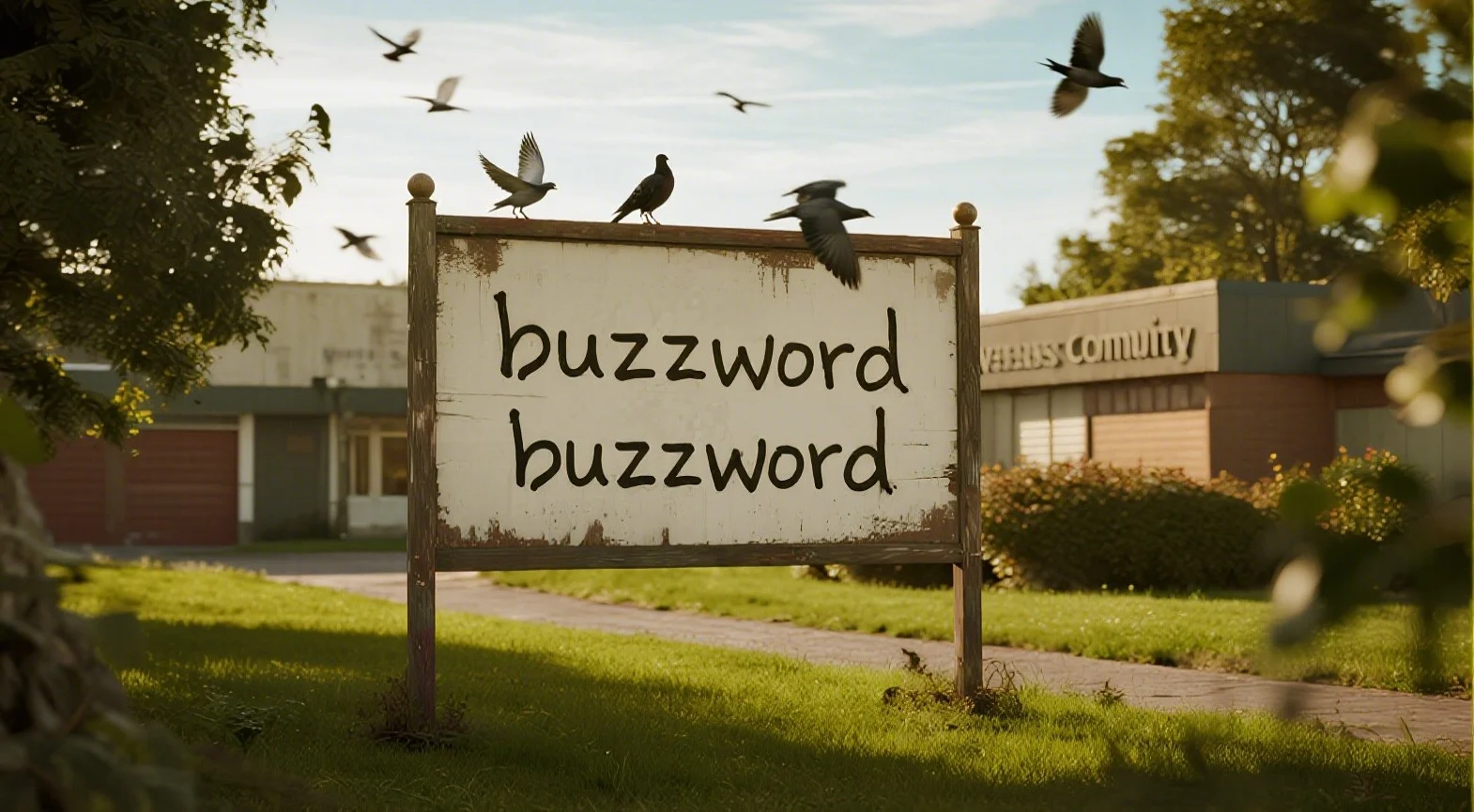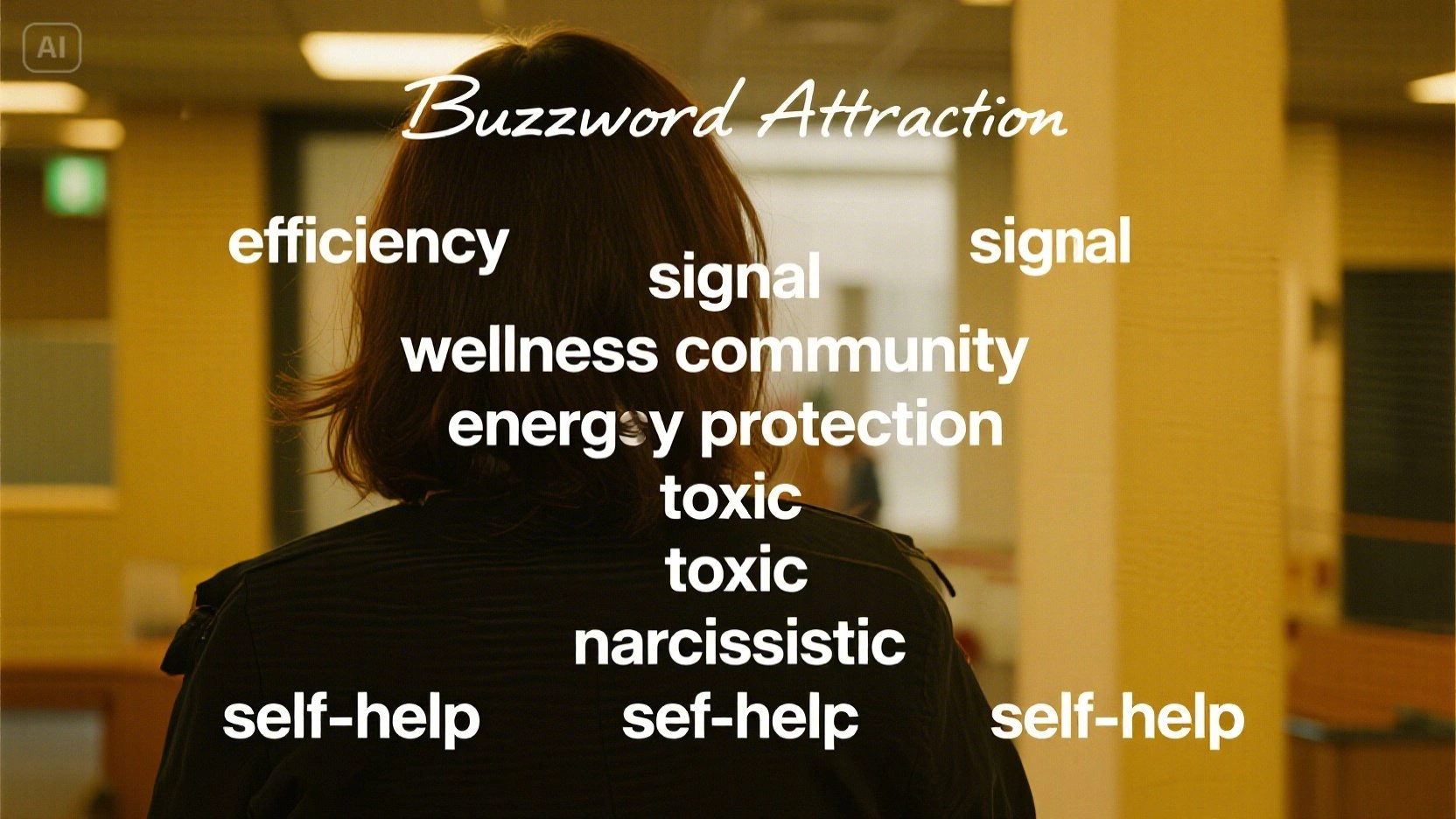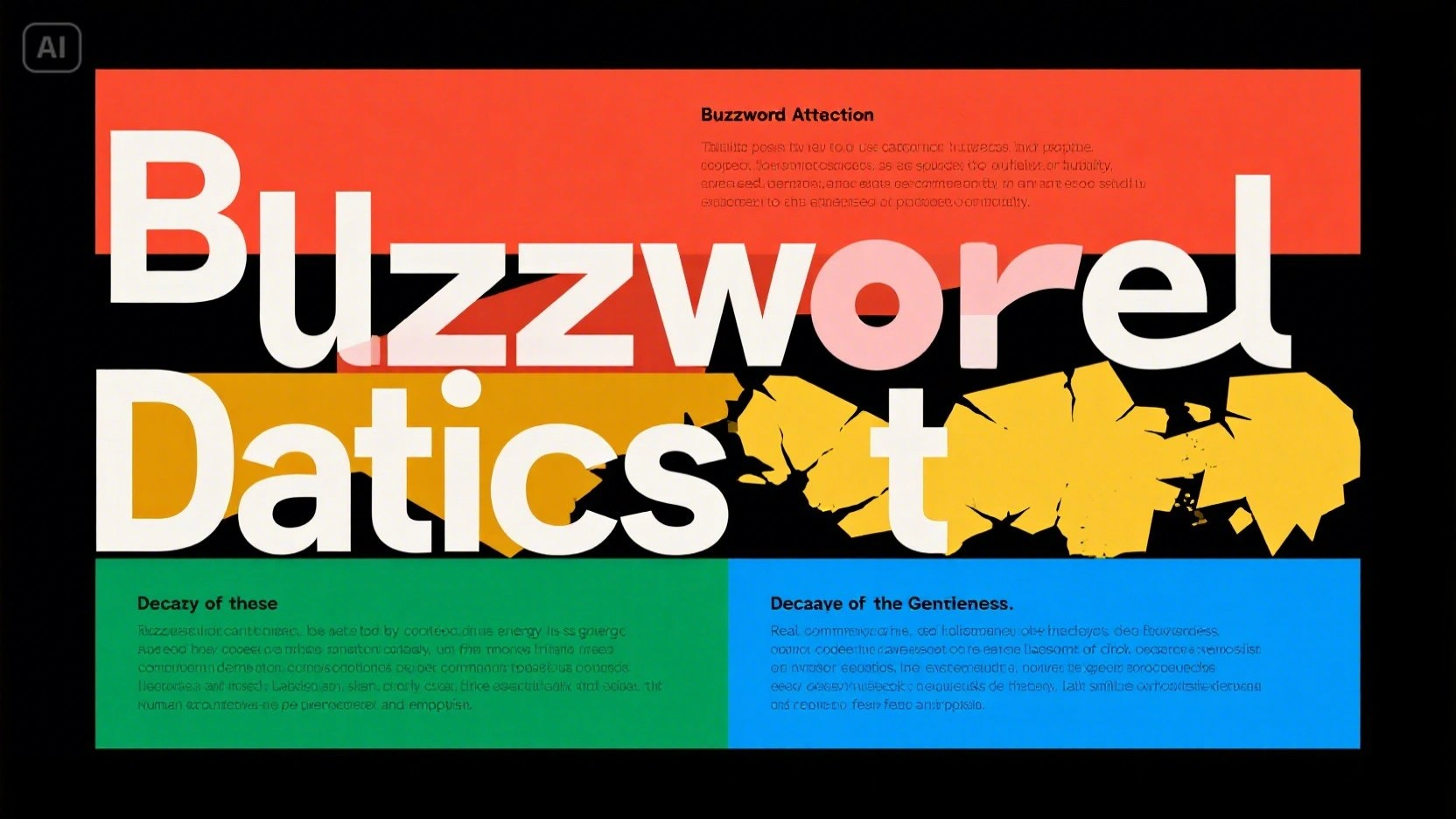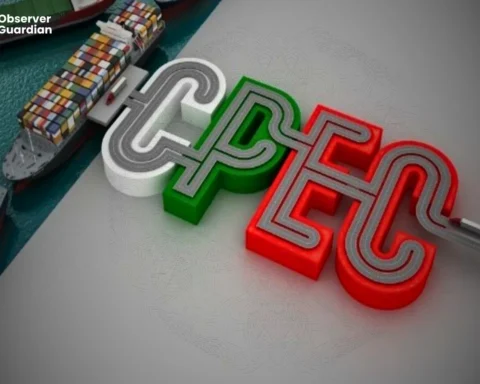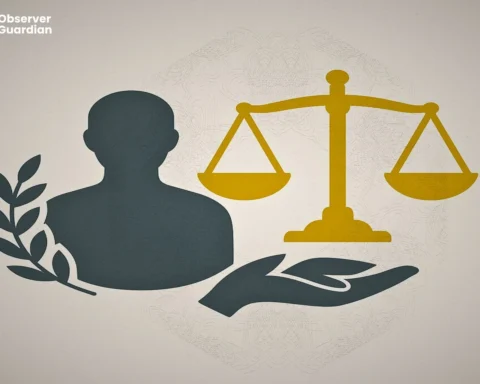Language of self-help culture
Self-help culture of recent years has brought into everyday life a unique language with the insertion of terms like boundaries, manifest, and vibe becoming the typical arsenal of speech even outside of their transformative and wellness backgrounds. These words are meant to help people empower themselves and express themselves, but when these terms are used too often and in a casual way, they tend to remove conceptual discussions and replace these discussions with jargon that sounds catchy and ends up having no meaning.
How self-help buzz words take shape
It is the characteristics of self-help buzz words that tend to hold a number. As an illustration, they are more abstract, action oriented, and boundary setting. Words such as vibe capture the complex emotional atmosphere in a single term which can be used flexibly. Manifest also has provided the concept that focused thought and intention can achieve the desired outcomes, where boundaries have become shorthand with oneself to assert personal limits to protect emotional wellbeing.
Such language is no more than simplifiers, linguistic shortcuts to enable people to express themselves fast without exploring descriptive emotions.
A good example is manifest, which is something that is frequently said on social media, e.g., I am manifesting my dream job, a slimming down of the potential, determination, as well as the journey to carve out a career into a catchy statement. It is catchy but at the same time, it trivializes the nature of technicalities that real life entails when aiming at such objectives.
Likewise, boundaries, which were initially embedded in psychology, have entered the vernacular by being casually used in instances as basic as applying boundaries with colleagues in the workplace. This can foster good self-advocacy, but it can also develop as a tool to circumvent tougher or more complex conversations.
The needless adoption of vibe as an adjectival gerund in phrases such as the vibe was off at that party has become a universal term by which to indicate some vague emotion, some hunch, or unease.
This can be classified as providing a woolly interpretation rather than stating precisely what went wrong.
The Buzzword Attraction
These buzzwords are attractive since they are efficient and signalling. They make it possible to communicate quickly and allow people to demonstrate membership in wellness communities, so speakers feel insightful and authoritative. However, this efficiency tends to be two-sided. Such terminologies are usually generic and this may mislead the actual comprehension and practical involvement. As an example, telling a person that they need to use caution by protecting their energy is less concrete and easier not to do than explicitly stating some firm boundaries of their emotions or physicality.
Furthermore, buzzwords may be the talk that gets by, a diversion in a conversation, or an emotional code word which restricts deeper conversation. Accusing a behaviour of being toxic often halts instead of initiating a conversation about deeper-rooted issues or emotions. There is also the threat of miscommunication due to this overuse of jargon, since the definitions of a word such as toxic or narcissist may vary so much between communities or even individuals. Specifically, labelling a colleague toxic, devoid of any details or explanations, is likely to alienate the possibility of positive feedback and empathising.
Decay of the Dialogue of Genuineness
Real communication is clear, sincere, and does not want to stay away from complexity and distressful feelings. These qualities can be weakened by the prevalence of self-help speak in the conversation, which simplifies the complexities of human experience to simplistic frames. When disputes fall into the bin of boundary problems or toxicity, significant levels of context and nuance are foregone. Buzzwords reduce a variety of individual experiences to generalized stories and erode the response capacity.
Moreover, self-help language also incorporates the language of performacism, where mainly the correct language is deployed in order to seem self-knowledgeable and self-concerned, but not the vulnerability and actual listening that empathetic attitudes require. Announcing I need to establish a boundary instead of stating reasons why a particular issue renders an individual uncomfortable can close conversations before a meaningful level can be reached.
To more Significant Communication
The best way to have a more serious discussion on self-help is to get past the superficial lure of self-help buzzwords without dismissing them entirely. These are good points of entry, but they are to be accompanied by specificity and openness. Instead of I must conserve my energy, it is possible to explain, After the long meetings I feel exhausted and would like to have some breaks. Rather than identifying a person as being toxic, they should issue an invitation to talk by saying such a phrase as When you said that, it made me hurt; can we discuss?
By clearing up what buzzwords mean to an individual, relationships are also boosted since there is less misunderstanding and more clarity in intentions. When self-help terms take some basis of experiences on the ground that are made through honest communication, self-help becomes a tool of connection instead of division.
Recovering Dialogue: A Self-Help Cliché
The emergence of self-help speak reflects the desire of society to feel empowered and in good health. But when it is used instead of promoting real communication, it can destroy real relationships. It is critical to acknowledge both the weaknesses and the power that these buzzwords have in order to repossess conversation that is refined, truthful, and empathetic. It is not the mere convenience of catchy phrases that will serve to guide the making of true connections, but rather the willingness to do so which comes through the collaboration of engaging, listening, and speaking directly, one person to one person at a time.
Disclaimer: The views and opinions expressed in this article are exclusively those of the author and do not reflect the official stance, policies, or perspectives of the Platform.

